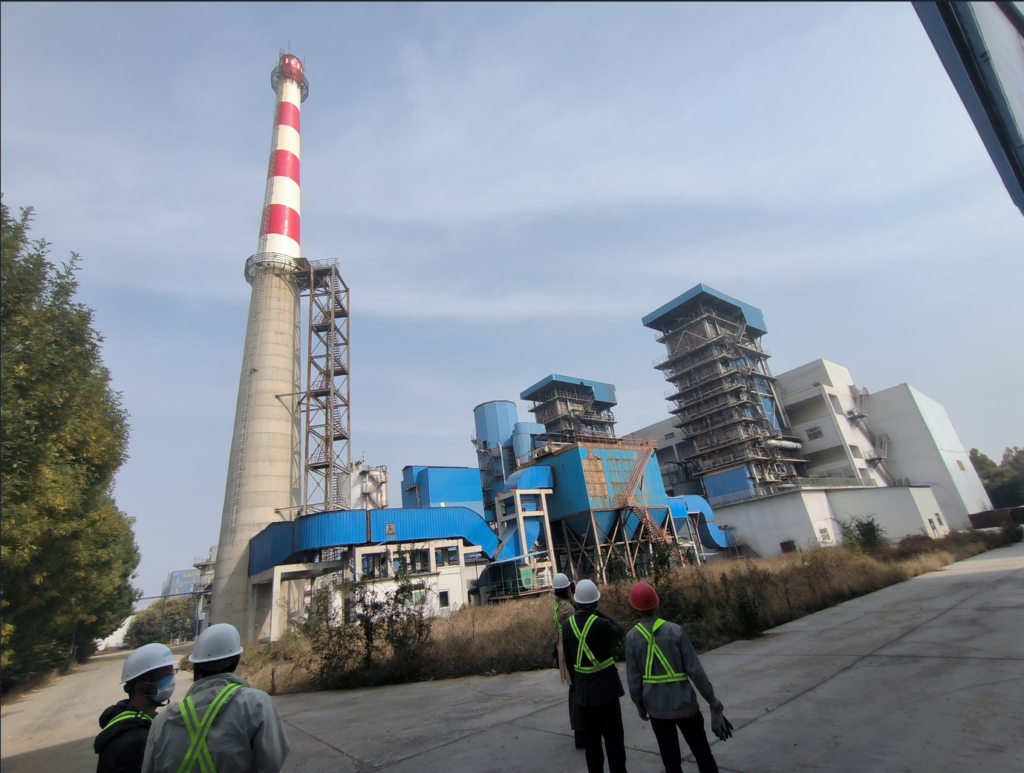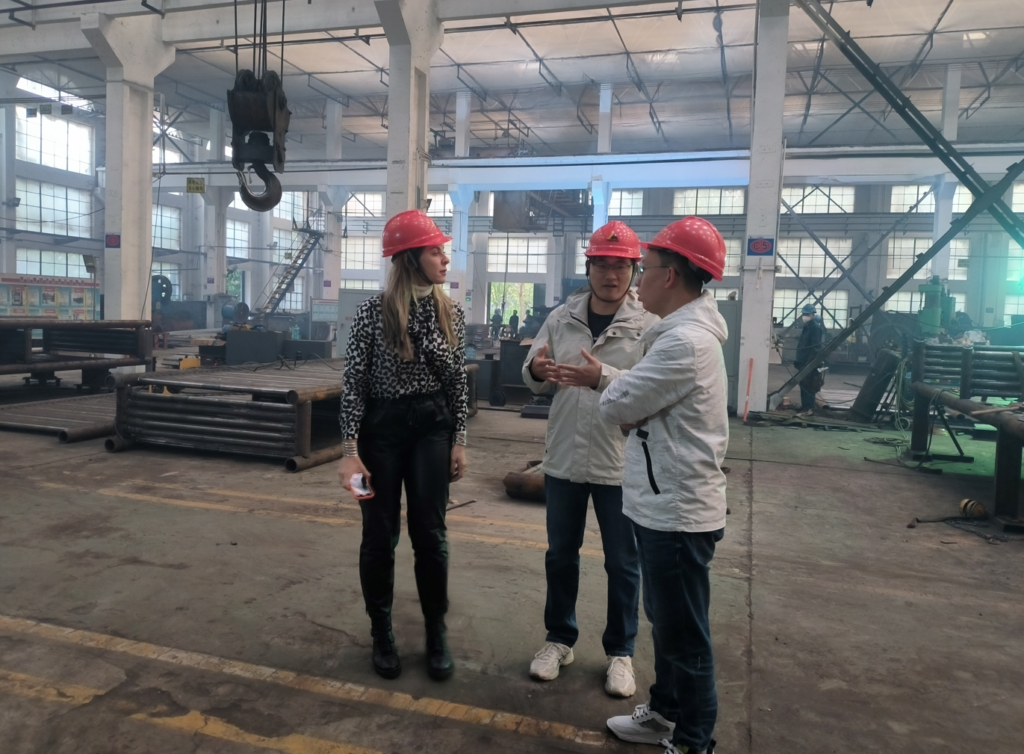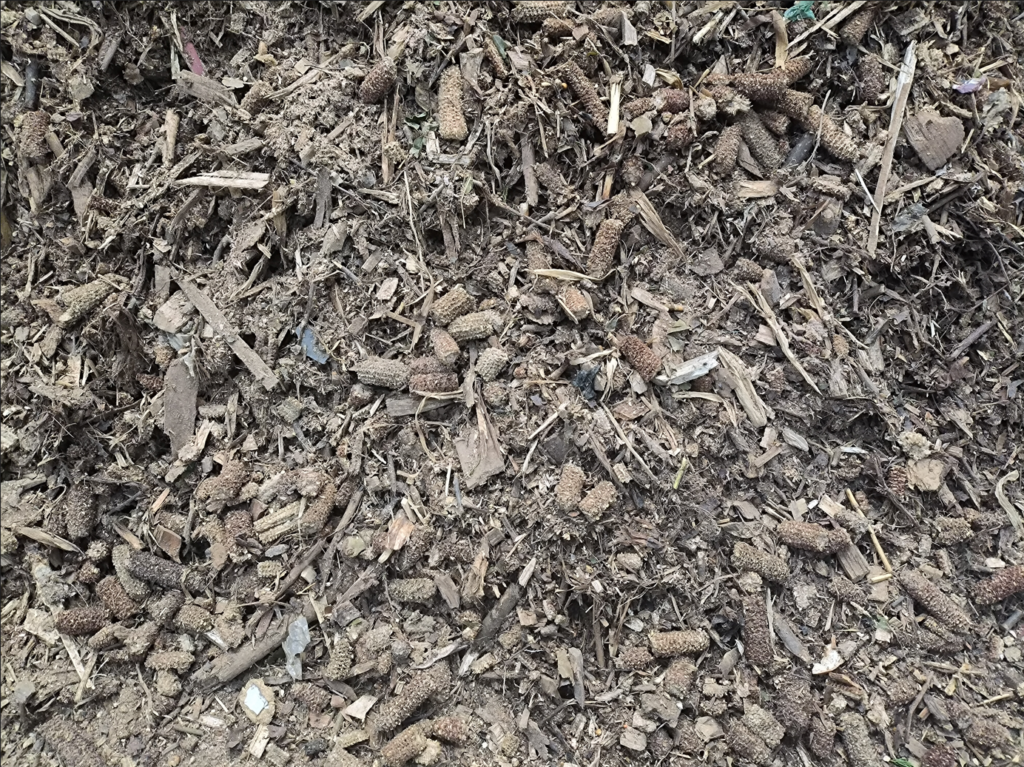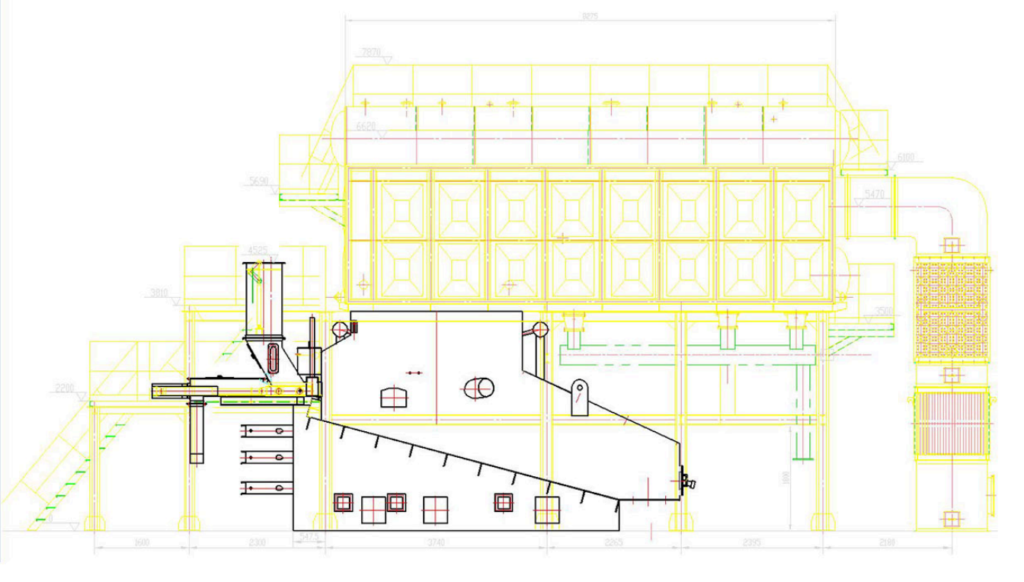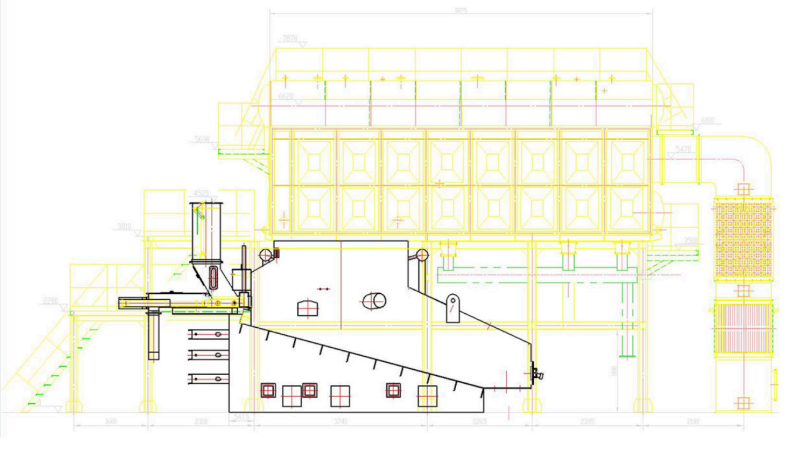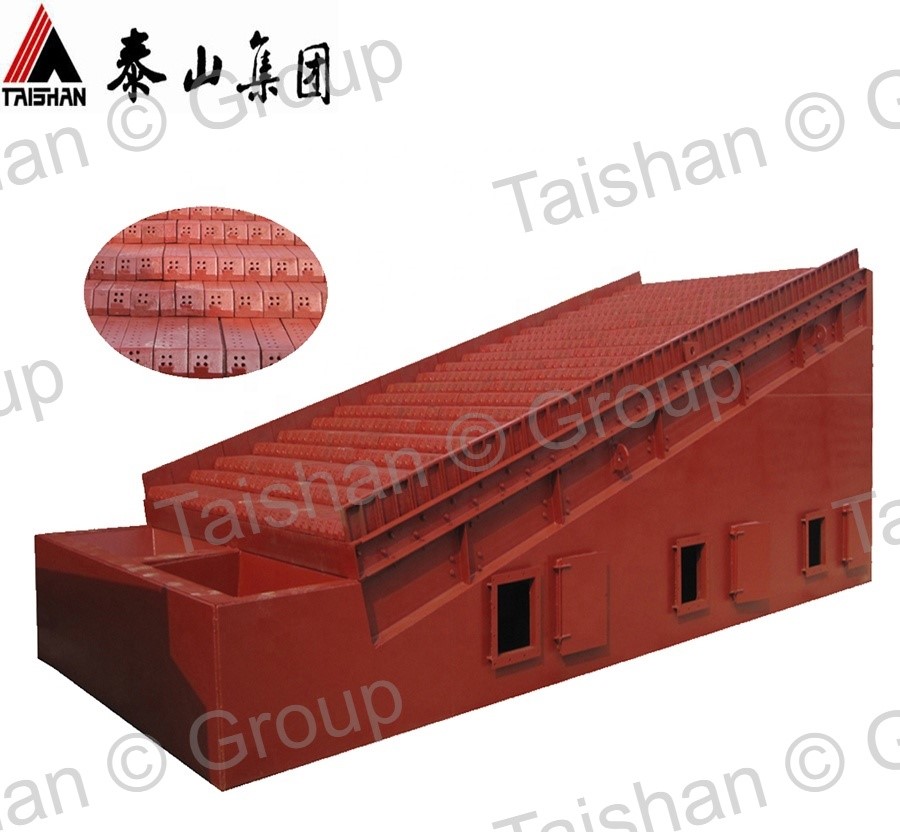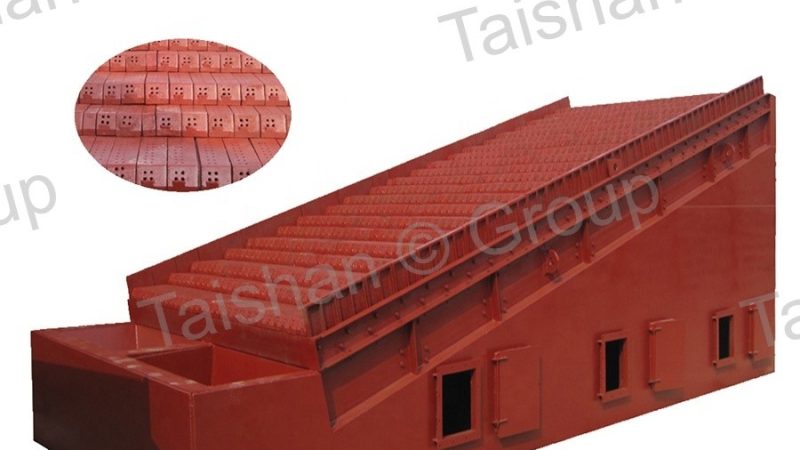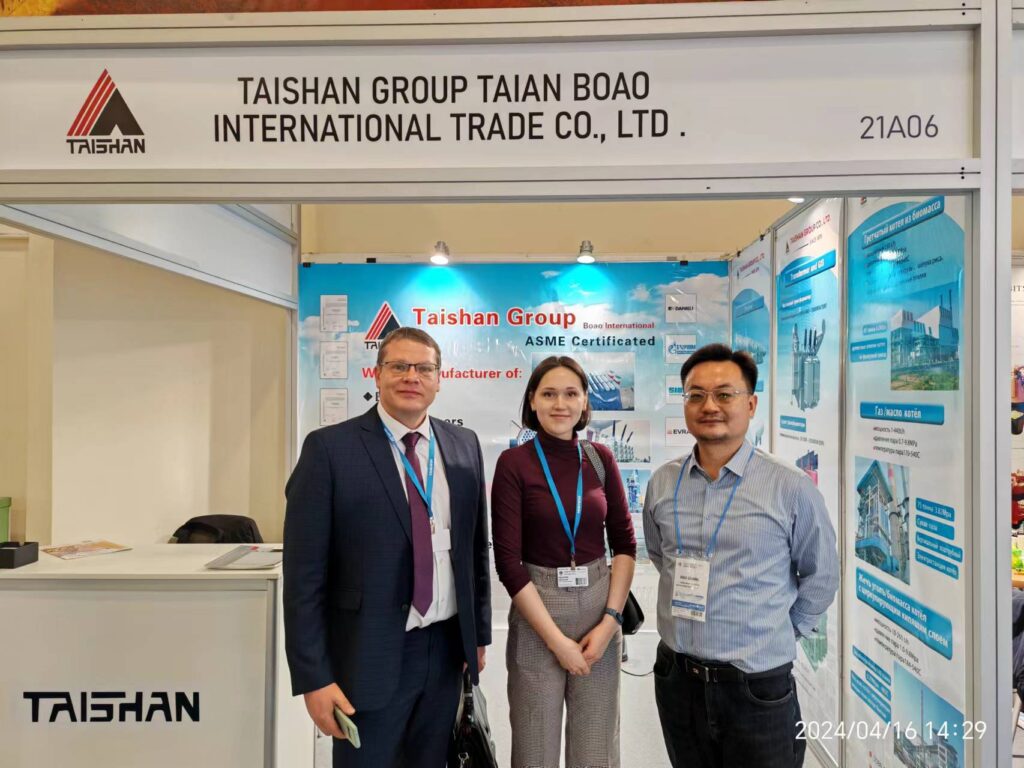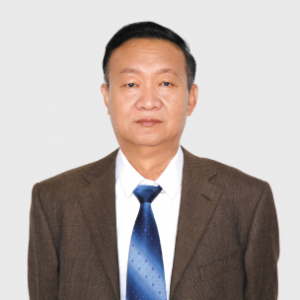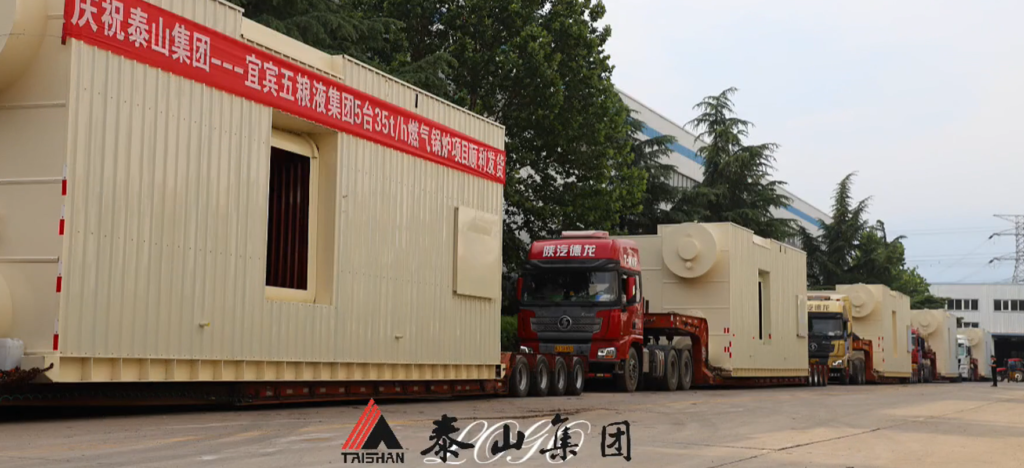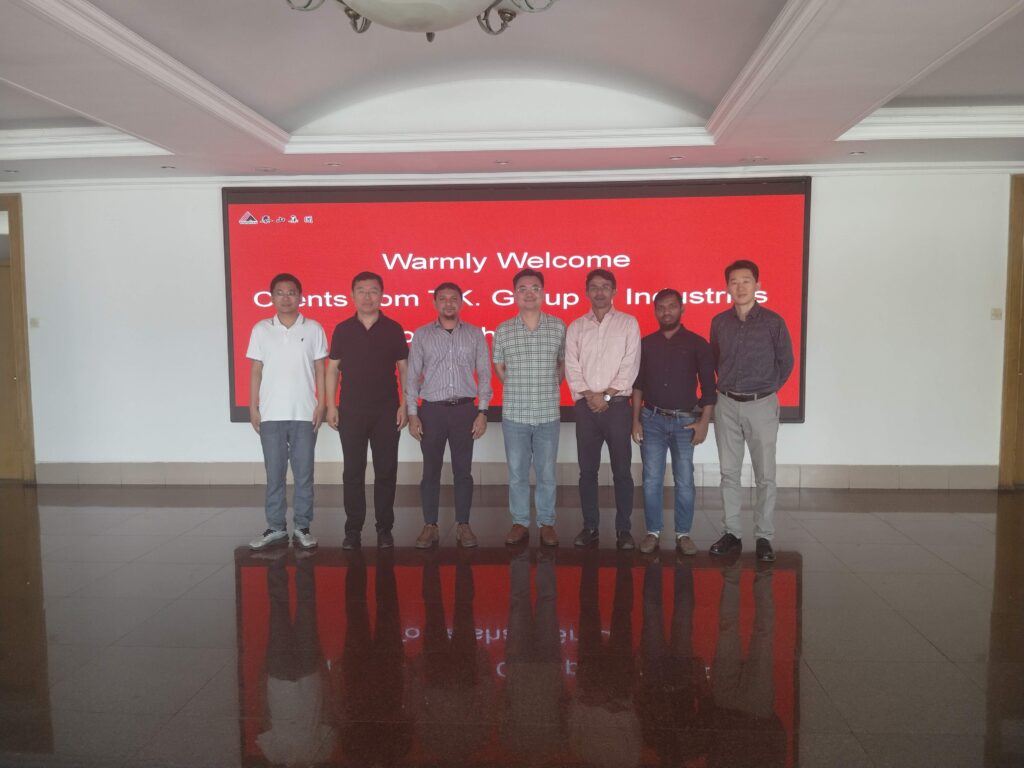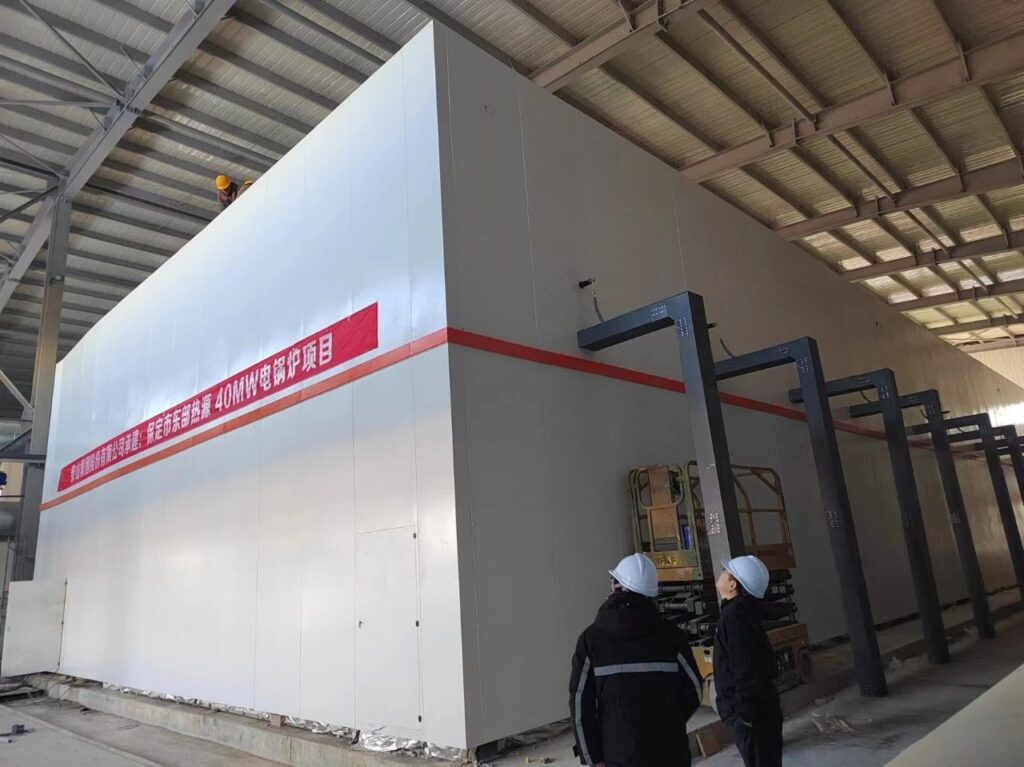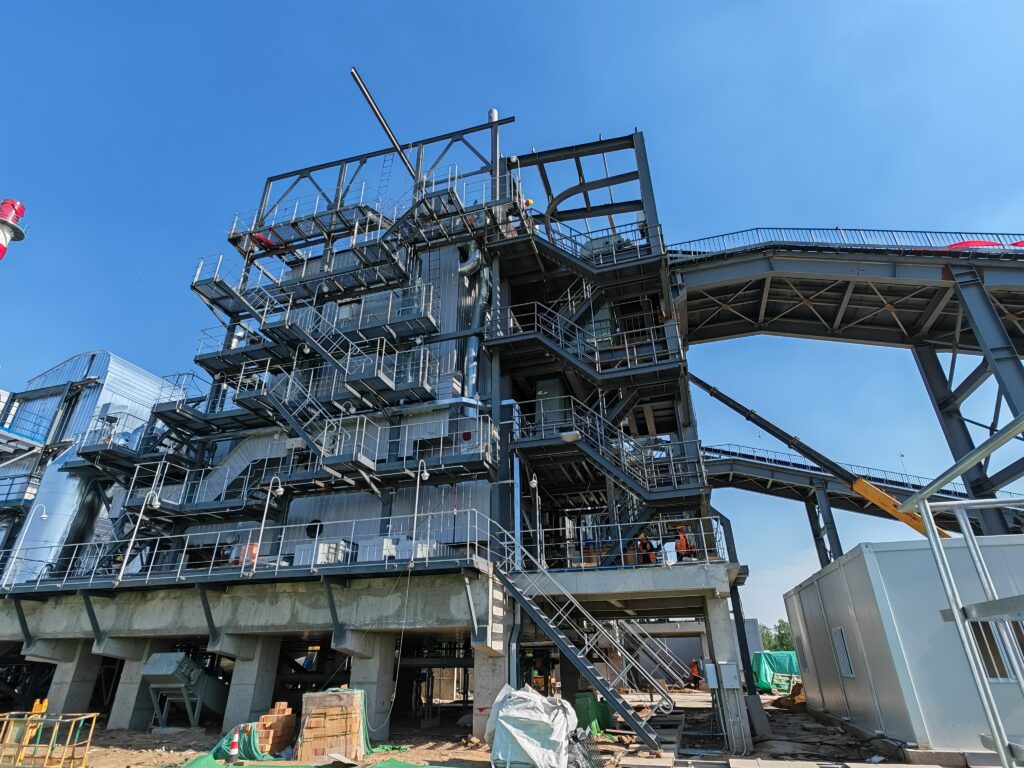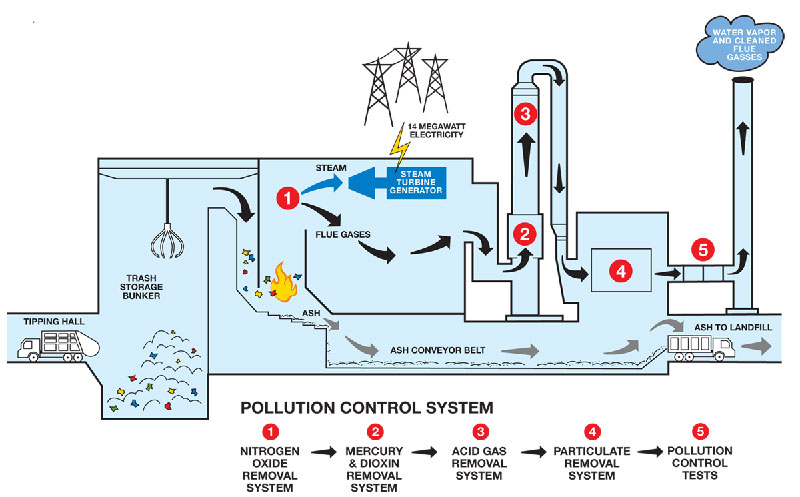11 Sets Taishan Group LPG Bullet Tank Delivered to Angola
11 Sets Taishan Group LPG Bullet Tank Delivered to Angola
[ Bullet tank ]
Bullet tank is widely used in underground LPG storage.
In October 2024, high pressure vessel manufacturer Taishan Group won a big order – 17 sets LPG bullet tanks. Single LPG bullet tank has a diameter of 8m, length of 80m and weight of 480tons. The client is Angola Sonangol, and total contract value is over 20 million USD.
Due to the huge volume, we transport the manufactured tank sections to the port in batches, and then weld and assemble them.
First batch delivery includes 11 sets bullet tanks, and rest 6 sets will be delivered at the end of the year.
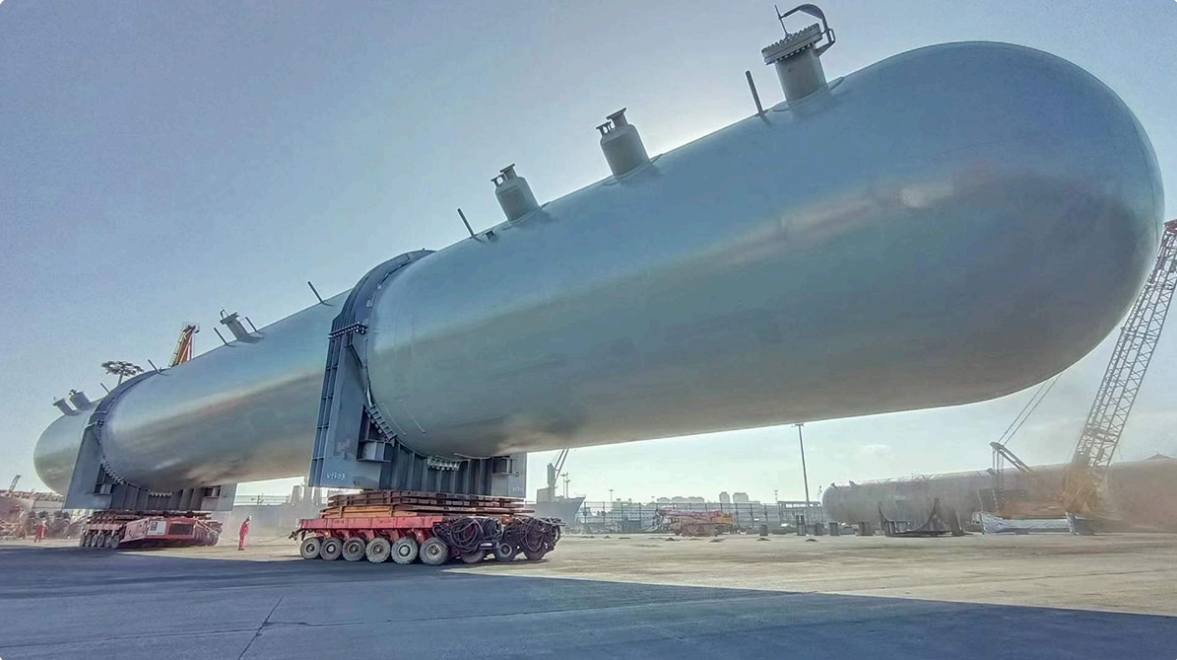
Our pressure vessel products cover petrochemical, nuclear power, offshore oil and new energy equipment fields. So far, a number of high-pressure vessel products have filled domestic gap. Our comprehensive strength ranks third in the same industry in China.
In recent years, Weihai Shidao Heavy Industry has exported more than 160 sets of large-scale vessels in over ten batches. The destination is mostly “One Belt and One Road” countries and regions, and the total export value is over 60 million USD.
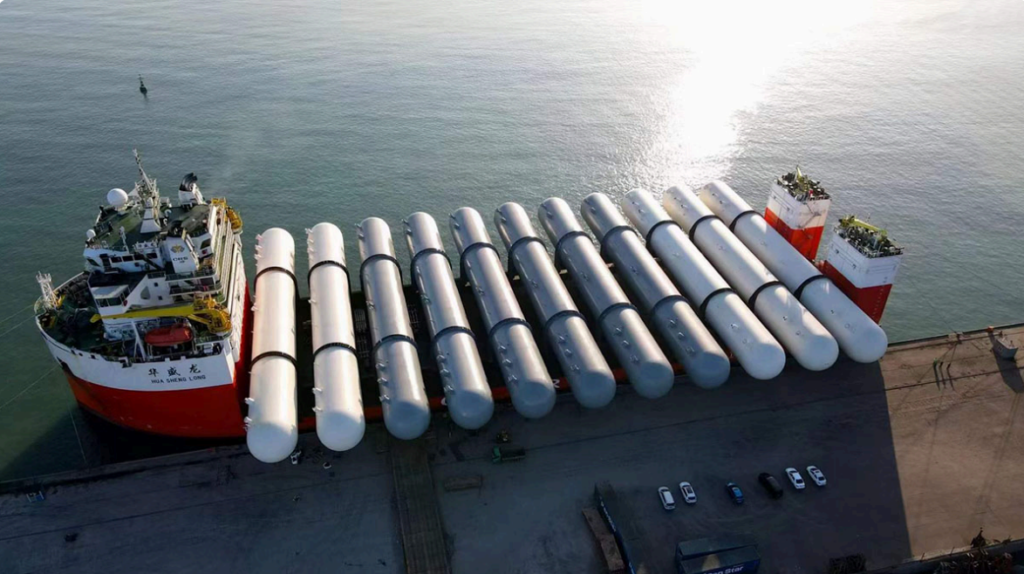
We will take this successful delivery as an opportunity to actively improve our technology and equipment level, strive to expand domestic and foreign markets, and make greater contributions to China’s manufacturing in the world.

Andy Zhao
11 Sets Taishan Group LPG Bullet Tank Delivered to Angola Read More »

